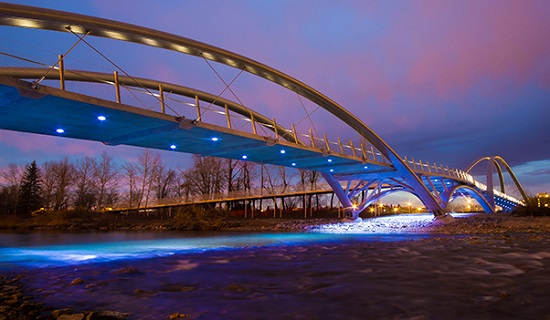 Sunday, June 30, 2024
Sunday, June 30, 2024  Sunday, June 30, 2024
Sunday, June 30, 2024 
Construction is always a dynamic process, but when the environment at the site is itself in motion, this takes on a new meaning. This is what occurs when building in, over or beside water, and demands a particular set of skills. While specialized construction techniques and equipment each play a role, Kimberly Haddow, a Senior Project Manager with Graham, says what really matters is customized risk management which, in turn, depends on meticulous planning bolstered by experience.
The plan plus the ability to overcome the truly unpredictable, says Haddow, drive success in water-related construction: bridges and culverts, intakes and outflows, dams and irrigation works, and streambank stabilization. “You need to understand the risks to mitigate the risks,” says Haddow. “What we do is always around planning the work for the particular project characteristics, for the client and for the regulatory needs. You need to know your capabilities and limitations, and you need to match those to the situation.” While all top-tier construction companies can execute water-related projects, Haddow believes what sets Graham apart when it comes to bridge work “is our level of pre-planning and our realistic risk assessments.” Haddow’s 11 years at Graham have made her intimately familiar with these areas.
In addition to standard construction planning, planning for bridge work requires three key areas: permitting and regulatory aspects, risks posed by Mother Nature, and flexibility and creativity because of how the latter two can impact the execution plan.
The first and third aspects are illustrated by the Crowchild Trail Short-Term Improvement project – a dramatic makeover of a 60-year-old bridge over Calgary’s Bow River. It involved “building a wider new bridge and attaching it to the old one”, but without closing the critical thoroughfare or performing any in-stream work. These constraints, known at the outset of the project, enabled Graham to effectively plan and perform the execution through alternate means. All pier work, explains Haddow, was executed from suspended platforms.
Read more news on GrahamBuilds.com